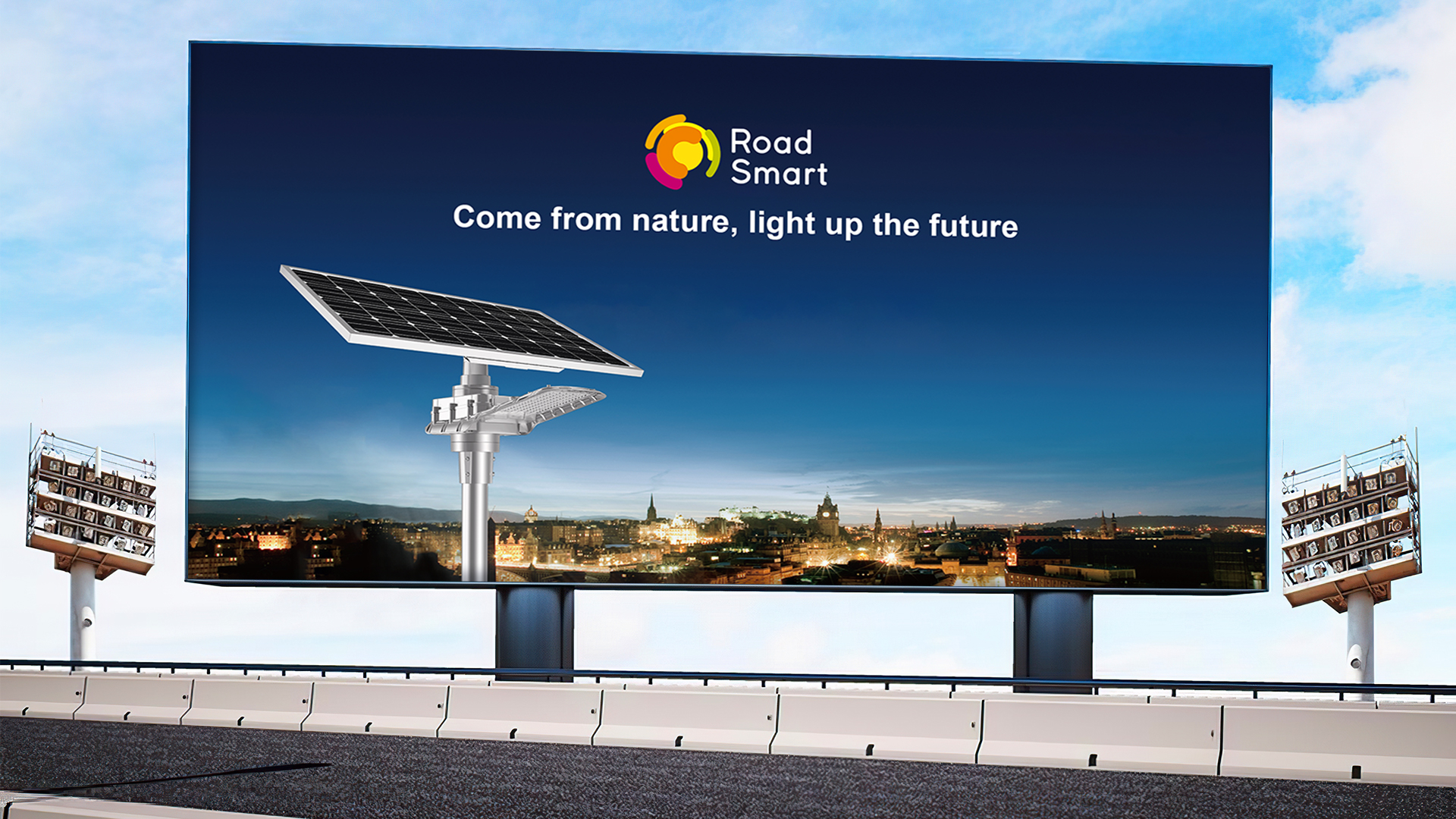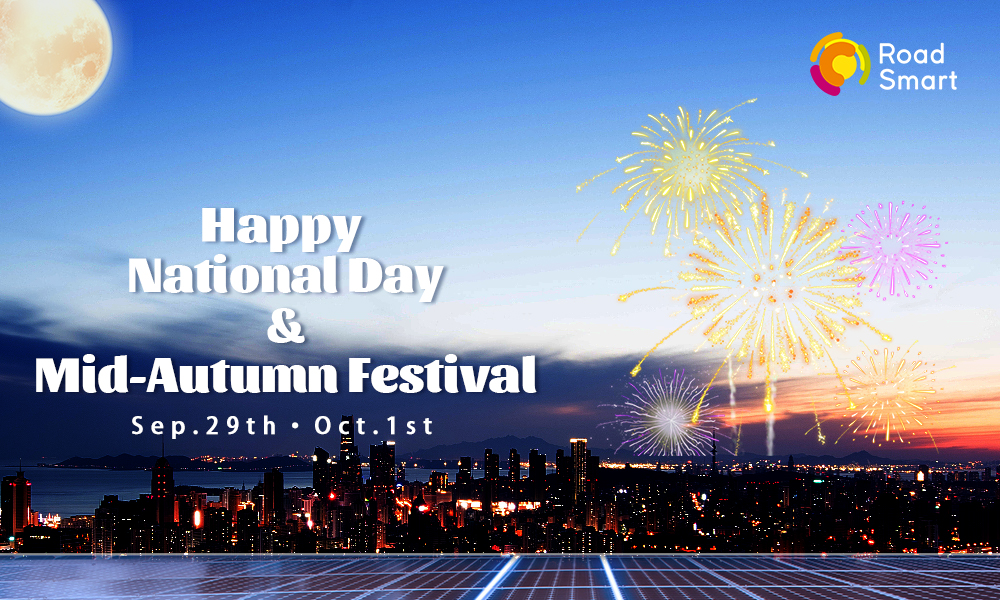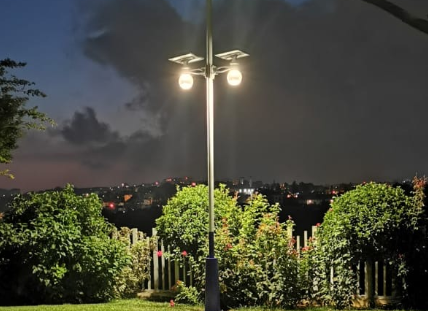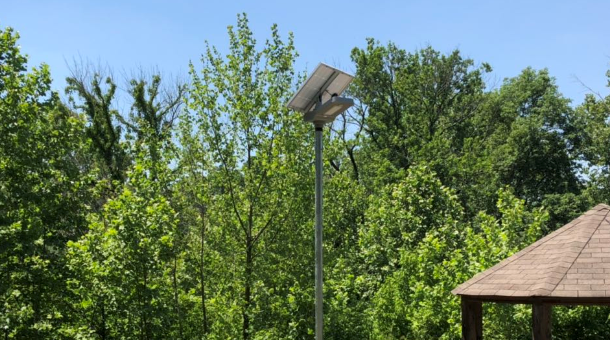Will solar street light operation be affected in winter?
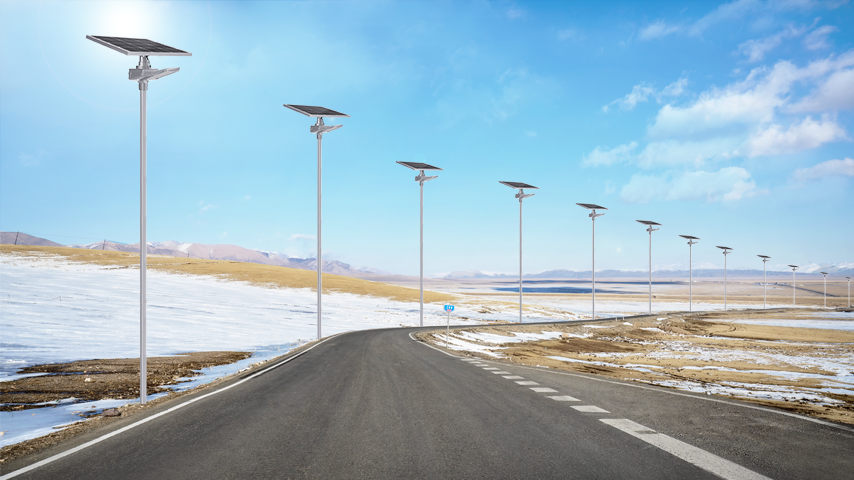
Generally speaking, the operation of solar street lights will not be affected in winter. If it snows, the solar street lights may be affected, especially in the northeast region of China, where there is always heavy snow in winter. Once the solar panels are covered with thick snowflakes, it will hinder the solar panels from receiving sunlight. Therefore, the solar street lights may not generate enough electricity for lighting.
To ensure normal operation of solar street lights in winter, we need to regularly check the solar street lights and see whether there is any problems.
1. If the battery isn’t buried deeply, it will be damaged due to the frost in winter, which may result in insufficient discharge. Generally, in cold areas, the battery should be buried to a depth of at least 1 meter. Besides, the sand layer whose thickness is 20cm should be laid on the bottom to facilitate the dissipation of accumulated water, so as to extend the lifespan of the battery.
2. The solar panels can not generate enough electricity, which is not enough to fully charge the battery. In winter, the sun's altitude angle decreases, leading to insufficient illumination. The surrounding tall buildings or trees shelter the solar panels from sunlight. As a result, the power generation is insufficient.
3. The solar panels have not been cleaned for a long time. Too much dust on the surface affects the power generation. In some places, it often snow. The snow covers the solar panels, leading to insufficient power generation. Therefore, it is necessary to clean the dust and snow on the surface of solar panels regularly. It is recommended to clean the solar panels every two months. If there is extremely stormy weather, we are supposed to clean up the snow. That’s because the snow may cover the solar panels to form shadow areas, resulting in uneven energy conversion.
4. There is a rated number of charge and discharge times for the battery. The amount of electricity will gradually decrease with the increasing of the number of use. Therefore, the lighting time of solar street lights will gradually decrease after using for more than 3 years, which is a normal phenomenon. Replacing the energy storage battery can solve the problem.
When choosing solar panels, choose products with good craftsmanship, fewer seams and fewer solder joints. Solar panels should be simple and smooth in design, and waterproof, so that it will be frozen. It is known that it often rains and snows in cold areas, so there is always a layer of ice on solar panels of street lights. If the panel is frozen, the solar street light cannot operate normally. We need to prevent solar street lights from being frozen in cold areas.


